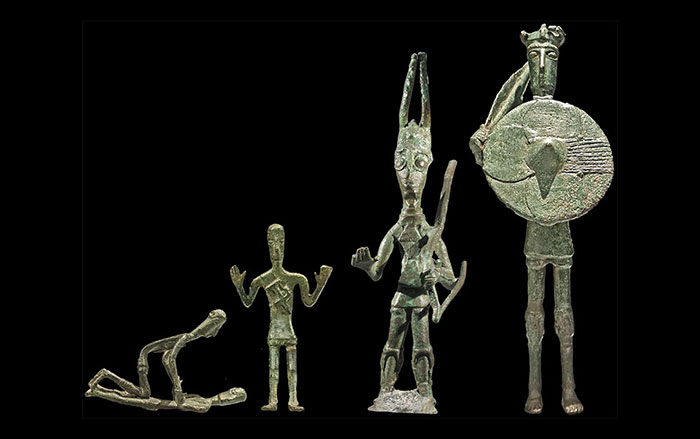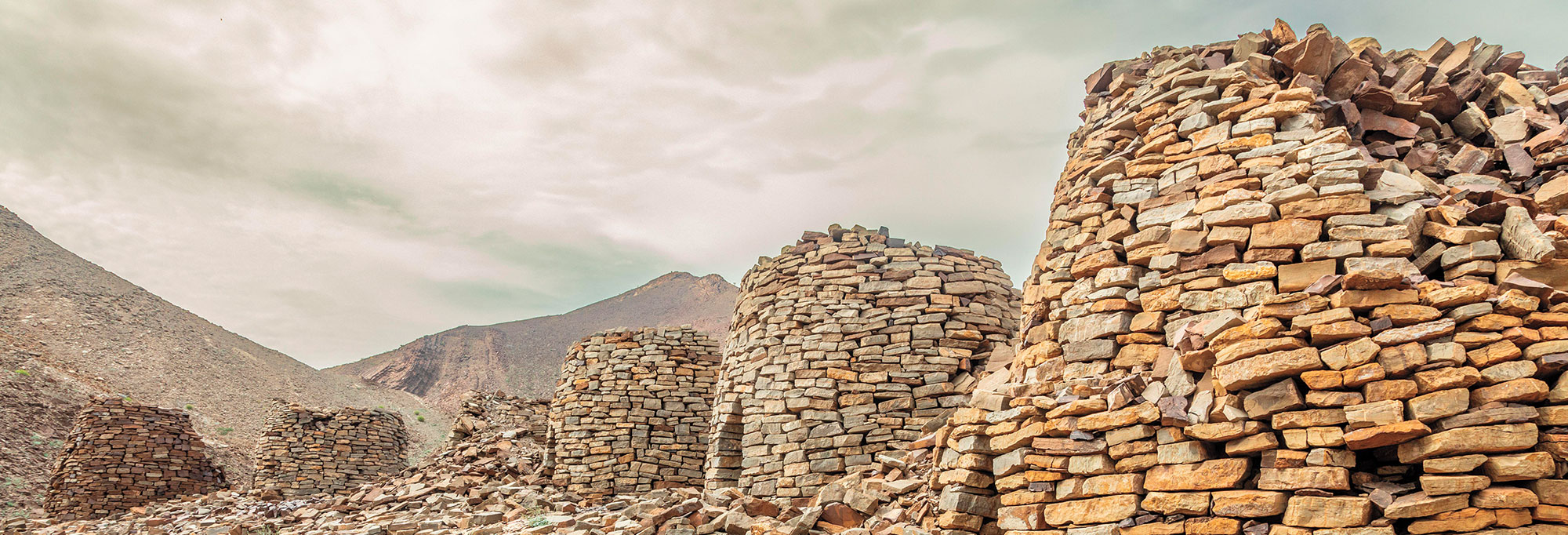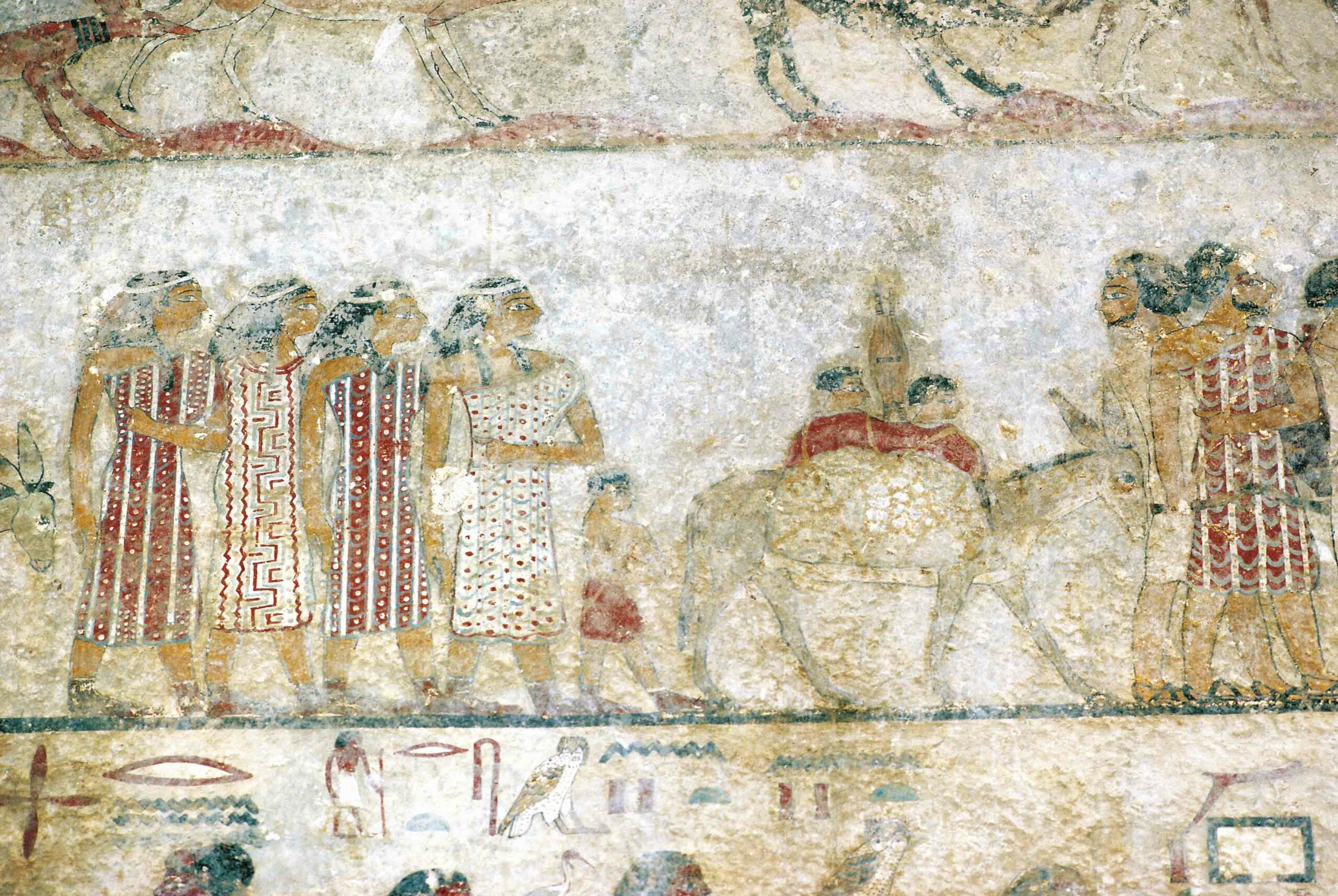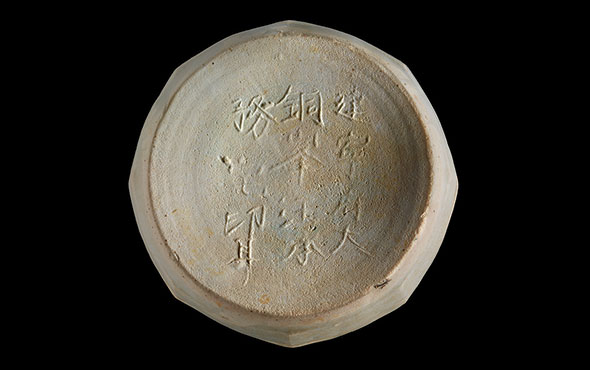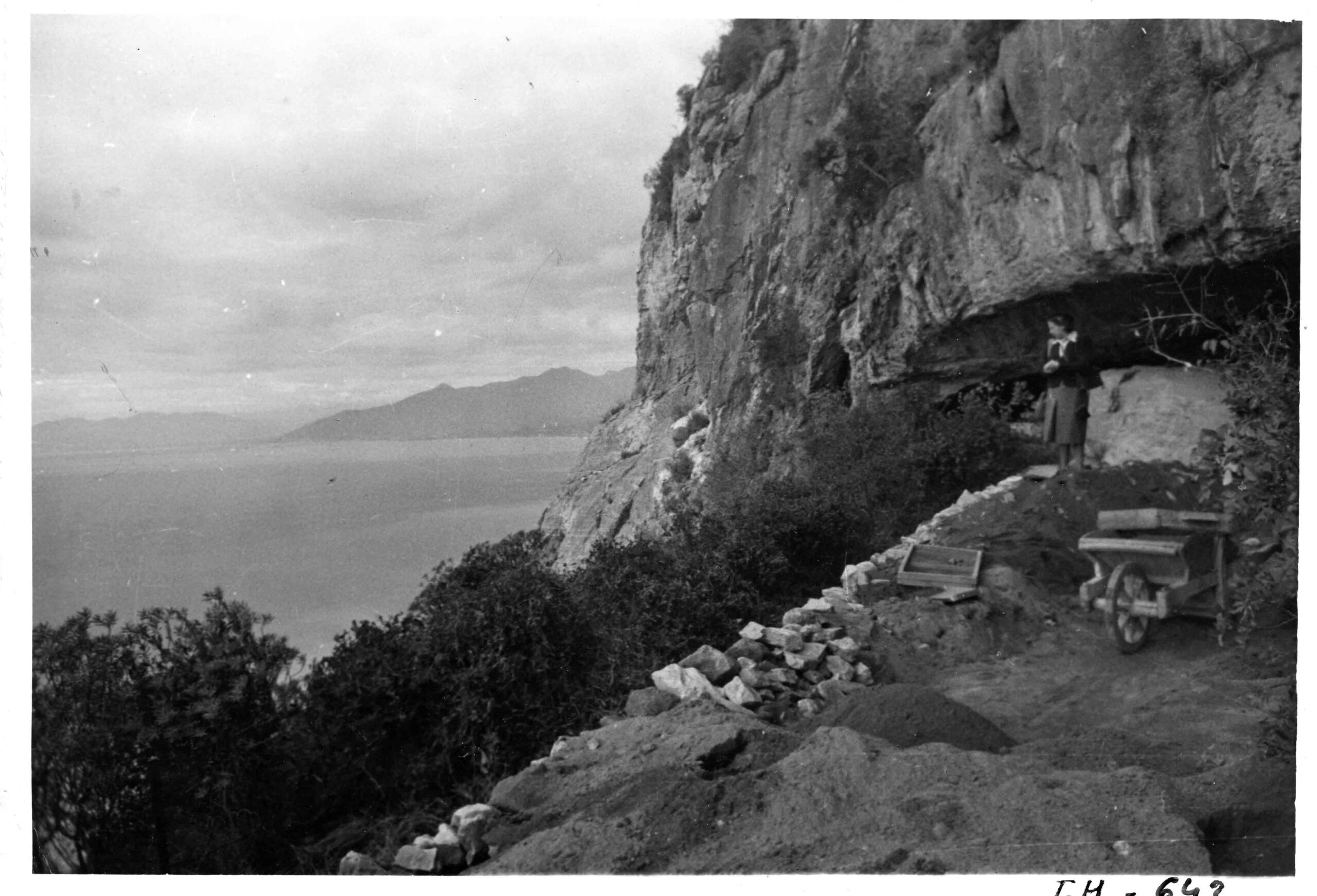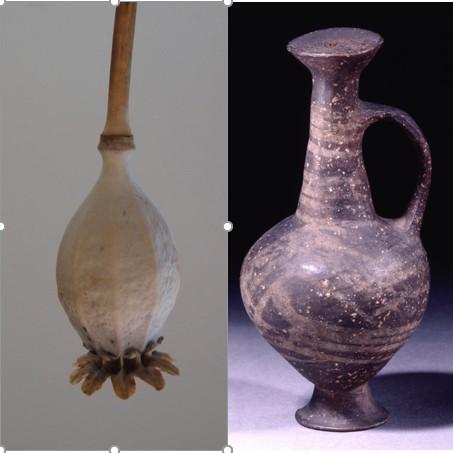
YORK, ENGLAND—BBC News reports that a team of researchers led by Rachel Smith of the University of York developed a technique to detect traces of an opium alkaloid in a 3,500-year-old base-ring jug held in the collections of the British Museum. Such jugs are shaped like the seed head of the opium poppy, and were widely used in the eastern Mediterranean between 1650 and 1350 B.C. This particular jug had remained sealed, preserving a residue of plant oil. Smith explained that the opiate alkaloids found in the vessel are known to have psychological effects on humans, and are resistant to decay. Other opiates, such as morphine, are less likely to survive over the millennia, she said. Smith and her colleagues do not know whether the opiate was one ingredient in a mixture, or whether the plant oil was stored in the jug after opium had been removed from it. To read about analysis of residue found on ceramic beakers at the Native American site of Cahokia, go to “Artifact.”


